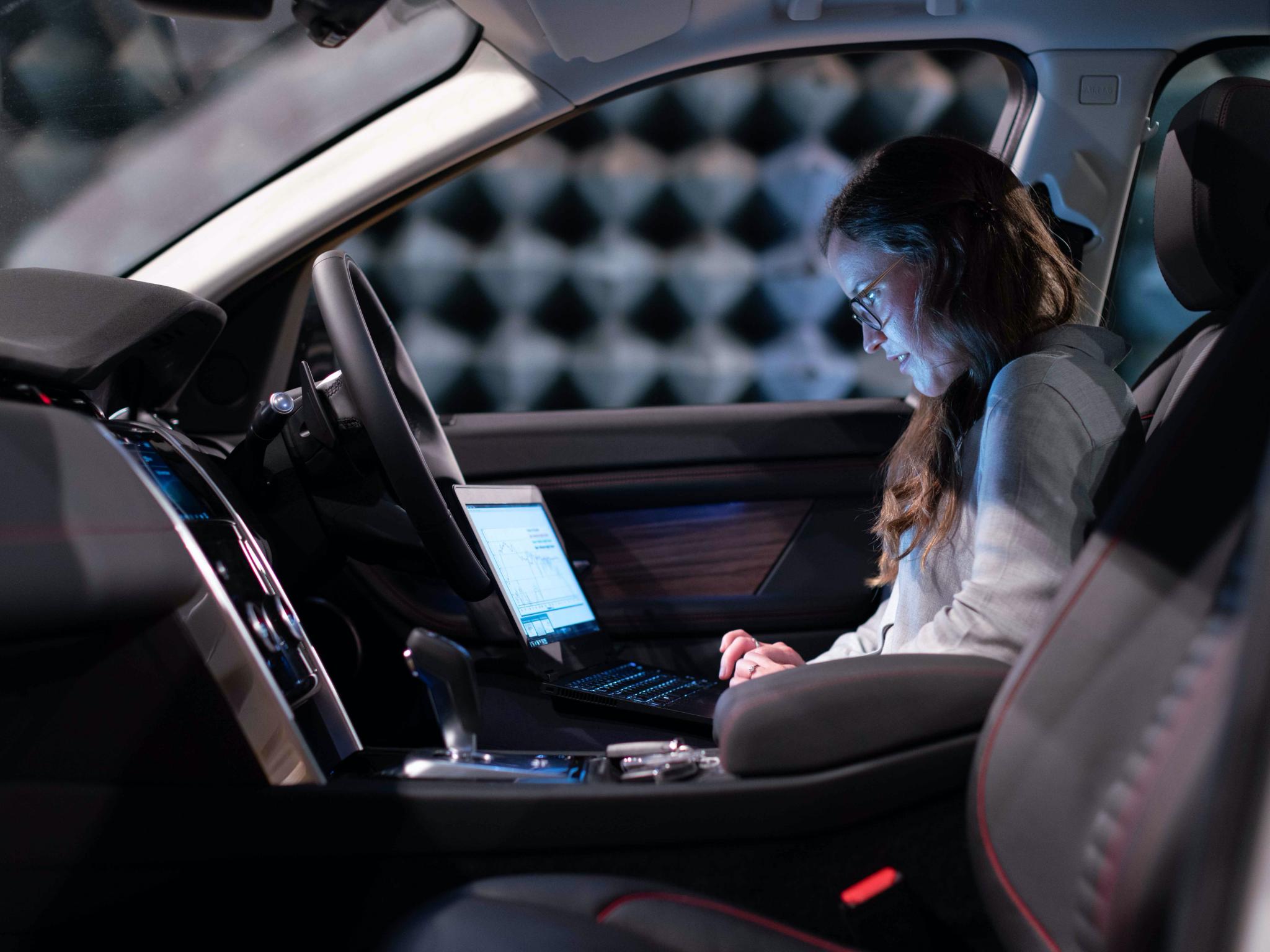
Since the advent of digitalization and connectivity-based platforms, industry leaders looked to the world’s transportation networks as the battleground for the next disruptive technology. Indeed, with eastern Europe disconcertingly turning into a literal frontline arena, the focus on next-generation mobility solutions such as electric vehicles has never been more pronounced.
At the same time, transitioning from fossil fuels to electric power is easier said than done. Scientifically, as The Brookings Institution demonstrates, hydrocarbons are incredibly difficult to quit due to their energy density. In addition, as author and journalist Robert Bryce mentions, placing too much emphasis on EVs as a readymade answer overlooks critical challenges, such as the cost of the platform itself.
In other words, while the shift to electric may be the rallying cry on social media, it’s quite possible that combustion-powered cars will significantly overlap EVs as the latter integrates into mainstream society. But that’s also the beauty of Mobileye, a technology firm specializing in self-driving vehicles.
Under one umbrella, Mobileye can impart myriad benefits, from energy savings through efficient distribution of movement to reducing traffic incidents caused by human errors, which impose both mental health and economic costs. With the potential ability to promote wide-scale positive outcomes, the tech firm’s public market debut may attract substantial buzz.
What Does Mobileye Do?
Based in Israel and currently operating as a subsidiary of semiconductor giant Intel Corporation (NASDAQ:INTC), Mobileye develops advanced driver-assistance systems. However, the company is best known for its research and progress in autonomous driving solutions. Last year, Mobileye introduced its Level 4 self-driving system. For reference, the different stages of autonomy are listed below:
- Level 0: No driver-assistance systems are available, thus making the human operator 100% responsible for controlling the vehicle.
- Level 1: A relatively rudimentary assistance phase, the underlying system supports one driving task, such as steering, accelerating or braking.
- Level 2: A step higher from Level 1 assistance, the system performs several tasks, though the driver must maintain vigilance at all times.
- Level 3: Providing a more intuitive sense of the word autonomy, the system controls the vehicle on predetermined routes, though the driver must be prepared to take over should circumstances go awry.
- Level 4: Performing all the functions associated with driving, the system can relieve the driver to perform other activities, though the human operator can take back the wheel.
- Level 5: Representing complete autonomy, the system requires zero input from a human operator, theoretically allowing maximum freedom and efficiency.
Underlining Mobileye’s actualization of fantastical notions that were previously the exclusive domain of science fiction is a tantalizing mixture of artificial intelligence, deep-learning protocols and next-generation hardware (among many other components). Three pillars of innovation provide the fuel for its autonomous ambitions:
- Automated driving: Leveraging a camera-centric configuration, Mobileye is distinct in that its system can deliver autonomous driving through optics or radar and lidar, thus enabling true redundancy. Stated differently, if the optics fail, the radar/lidar system can kick in.
- Advanced driver assistance systems: Essentially providing a building block for future advances in autonomy, Mobileye’s driver assistance systems have been integrated in more than 60 million vehicles, facilitating practical safety features while delivering invaluable data for researchers as they engineer input-free platforms.
- Mapping: In another effort to catapult redundancies, Mobileye leverages crowdsourcing mechanisms to support its Road Experience Management (REM) system, an initiative to generate precise localization of vehicles relative to road boundaries and intersections under all conditions.
Finally, Mobileye’s relevance to the transportation networks of tomorrow is not limited to glossy marketing literature. Instead, it commands hard numbers to back up its case, including a clientele list of over 25 global automakers, over 100 million vehicles equipped with Mobileye tech and 300 car models that feature Mobileye solutions off the showroom floor.
When is the Mobileye IPO Date?
According to a Reuters report, Mobileye confidentially filed for an initial public offering (IPO) with the U.S. Securities and Exchange Commission (SEC) on March 7, 2022, setting the stage for what the news agency terms “one of the biggest stock market flotations of the year.”
Certainly, if the company manages to attract the buzz its biggest supporters are hoping for, the debut would represent a welcome change of pace for the IPO scene. Following blistering records for new listings in 2020 and 2021, this year has gotten off to a slow start. With both soaring consumer inflation and open warfare in eastern Europe weighing on investor sentiment, the IPO calendar has been understandably barren.
Still, a positive showing could reinvigorate proceedings, given how the financial markets ultimately reflect mass-scale human emotions. Mobileye’s upcoming debut is also significant because its business is clearly oriented toward growth rather than value. Should a large number of investors participate in this offering, it could signal to the rest of Wall Street that confidence is back.
To be clear, prospective participants will want to adopt a responsible approach to Mobileye’s debut. Because of its confidential filing, no one knows yet any core details, such as price per share, market valuation or even the ticker symbol or what exchange management plans to list its stock on. As well, the date of the debut is an open question.
Assuming, though, that management decides to pull the trigger within the next few months, the timing of its IPO will likely be heavily scrutinized. On the positive front, the global community could use some good news, and Mobileye may be able to provide it.
Because Russia’s invasion of Ukraine triggered a glut of U.S.-backed sanctions, transportation fuels may rise indefinitely until the geopolitical flashpoint normalizes. Policymakers have brought up EVs as a solution, but their upfront costs and lack of supporting infrastructure will take many years to resolve.
As an alternative, it’s possible that autonomous driving systems — which can integrate with both combustion and electric-powered vehicles — can be ready prior to a mainstream pivot to EVs. If so, autonomy can foster (through algorithms prioritizing efficiency) eco-driving modes that can reduce energy consumption, per the University of Michigan.
Combined with other benefits like improved safety and traffic flows, autonomous systems can deliver more productive solutions than merely switching to EVs. Still, the skyward explosion of the money supply implies a non-zero probability risk of an economic recession, a factor that has undoubtedly kept many enterprises from planned new listings.
What Analysts are Saying About Mobileye IPO
Since Mobileye’s filing of its Form S-1 prospectus is confidential, it’s difficult for anyone to provide concrete assessments regarding its upcoming IPO. Nevertheless, the market overall responded positively to the news.
Specifically, Bank of America Corp. (NYSE:BAC) analyst Vivek Arya stated that Intel’s subsidiary branching off as its own public entity could unlock value for the chipmaker, which has seen its INTC shares struggle. Though Arya maintained an underperform rating for Intel, he raised his price target for INTC to $50 from $45.
Other experts who view the Mobileye IPO positively for Intel include Bank of Montreal (NYSE:BMO) analyst Ambrish Srivastava, who sees the transaction as sensible in that it provides much-needed cash for the chipmaker to fund its foundry investments.
On the other hand, some analysts have brought up concerns that Mobileye could be the guinea pig of the post-Ukraine-invasion IPO arena. If the new listing is successful, it could help mobilize sentiment and momentum for what has been a hot market subsegment. But a failure or a delay in the proceedings could make the market grow cold, thus heaping negativity atop negativity.
Mobileye Financial History
Without access to the S-1, Mobileye’s financial details will be hidden from public scrutiny until management discloses the document. However, per Srivastava, Mobileye generated around $967 million in revenue in 2020 and estimates 2021 sales to come in at $1.4 billion.
Mobileye Potential
With millions of Americans still working from home as part of COVID-19 mitigation measures, the intuitive assumption is that this dynamic will spark a dip in traffic incidents. However, according to the U.S. Government Accountability Office, traffic fatalities have actually increased.
Irrespective of the reasons, road crashes impose a hefty economic cost — up to 2% of gross national product in high-income countries. Naturally, Mobileye’s autonomous driving and safety systems can deliver positive health outcomes and conspicuous cost savings for underlying economies.
Nevertheless, the time to deliver such solutions will represent one of the biggest challenges for Mobileye. Unfortunately, under the circumstances, time is a luxury few countries have.
Where to Buy Mobileye IPO Stock
Because of its early stage profile, investors will likely have two options to participate in the Mobileye IPO. First, you can acquire shares at the open, necessitating knowing how to buy stocks. Second, you may be able to apply for a pre-IPO acquisition, with details below.
No matter what option you choose, though, you must have a brokerage account to participate. Below is a list of best brokers for your consideration.
Mobileye Restrictions for Retail Investors
Review the Financial Industry Regulatory Authority (FINRA) rules on restricted persons before participating in an IPO. Don’t engage if you have privileged information.
Mobileye Pre-IPO
Buying at the open comes at the possible disadvantage of the IPO pop. However, by opening an account with Freedom Finance, you can acquire Mobileye shares at their initial offering price. Be aware, though, that IPOs can also drop below their initial price, so risk management is a must.







